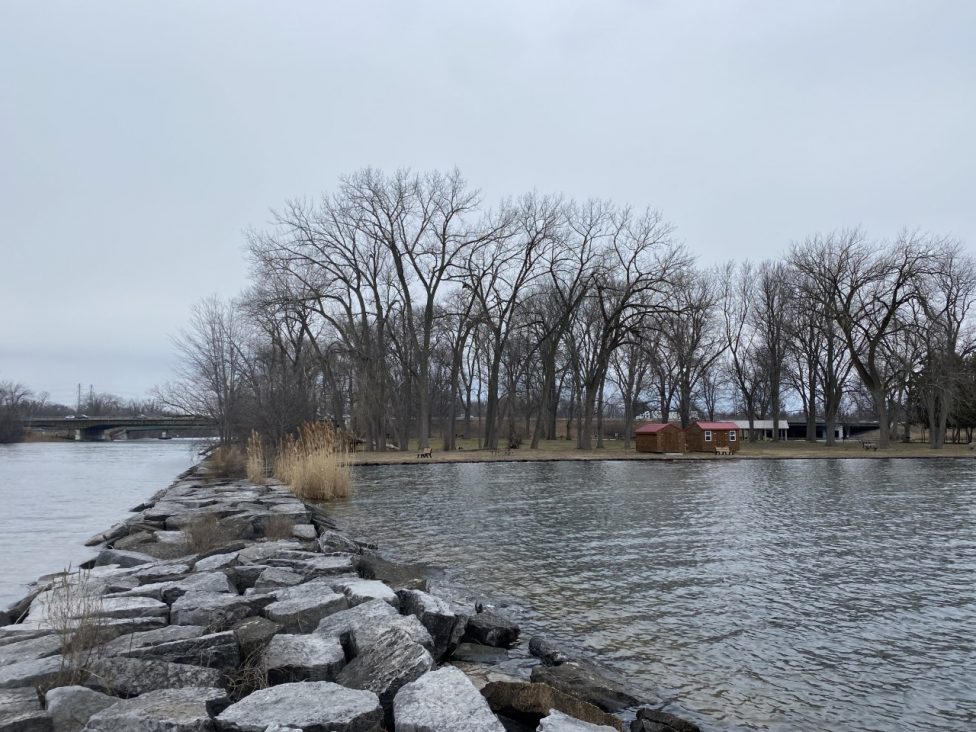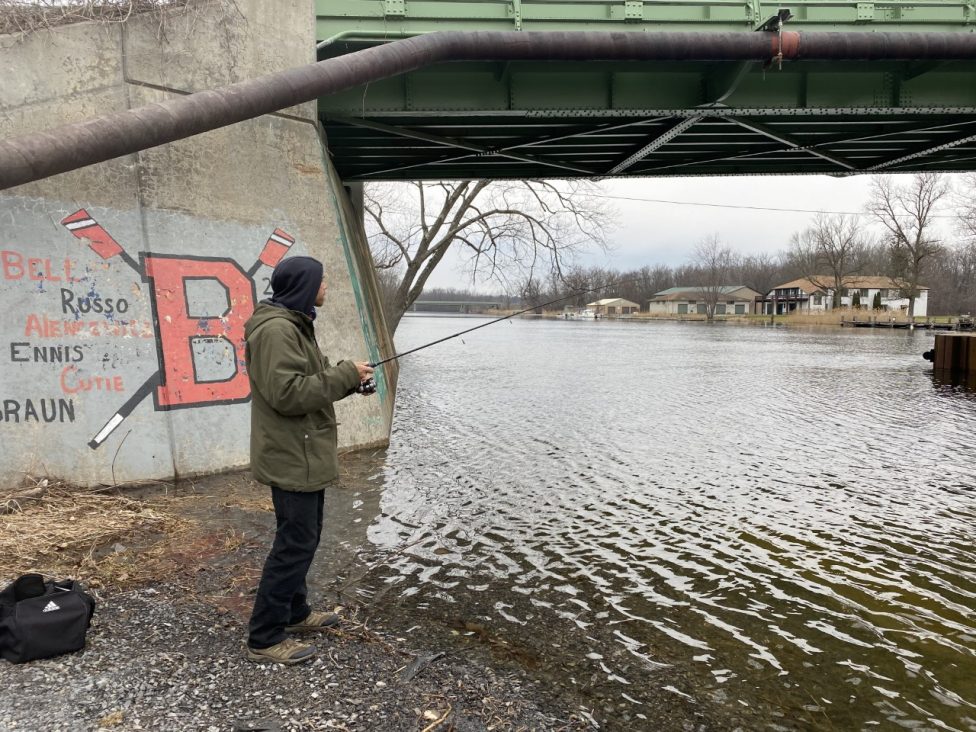Beach proposed for Onondaga Lake met with opposition from locals
Beach proposed for Onondaga Lake met with opposition from locals

Onondaga County’s plans for a beach project along the shore of Onondaga Lake are in motion but have seen skepticism from local residents. Some residents are still wary of the water’s cleanliness, even though it has met safe swimming standards since 2010 and over $1 billion has been invested in the lake’s cleanup.
The beach would go along the east side of the northern shore of the lake. The construction of the beach is projected to be around $2.8 million, according to a feasibility study. Onondaga Lake is no rookie to the construction of attractions. Long Branch Park was an amusement park on the west side of the northern shore and was open from 1882 to 1938.
The most recent renovation along the lake was the St. Joseph’s Healthcare Lakeview Amphitheater – a nearly $50 million concert venue that opened in 2015.
The idea of a beach has been met with skepticism from locals as public swimming in the lake was prohibited from 1940-2010. The lake was widely known to be one of the most polluted lakes in the country.
Patrick Burke calls the proposition of a beach at Onondaga Lake a “stupid” idea. “If I went in there, I would go home and glow in the dark at night,” he said. He believes the only way to make it swimmable is to clean out the bottom and include netting that would encircle the swimming area to keep trash out.

Neil Murphy is a professor at SUNY-ESF and has co-authored a letter to Syracuse.com in response to other letters to the news outlet from concerned citizens who claim that the lake is still too dirty and unsafe to swim in. He ran the Onondaga Lake Monitoring Program for about eight years, which consisted of measuring many chemical parameters. According to him, prior to the cleanup, there were dangerous levels of fecal matter from municipal waste as well as mercury and chlorobenzene from industrial polluters.
“How can you tell that it is safe to swim in any lake?” he said. Murphy used Skaneateles Lake as an example of a trusted, swimmable lake even though it had an algae bloom breakout in 2017. “If you had gone swimming in that lake, which is the cleanest lake in Central New York, your health could have been impaired. So, how does anybody know?”
The cleaning of Onondaga Lake began when Atlantic States Legal Foundation filed a lawsuit against Onondaga County back in 1988 over the leakage of municipal sewage into the lake. This caused the county to invest $700 million into the lake’s cleanup over the course of 30 years.
New York State also filed a lawsuit against Allied-Signal Inc. in 1990 after the company had a major manufacturing plant polluting the water for nearly 100 years. Allied- Signal Inc. later merged with and became Honeywell Inc. in 1999, which is the private company that has primarily been responsible for funding the cleanup, forking up $448 million for the project.
According to the Onondaga Lake Cleanup website, 2.46 billion gallons of water have been treated by three water treatment plants that have been built as part of the plan. About 2.2 million cubic yards of material removed from the lake and 3.3 million cubic yards of natural material, such as sand and stone have been added, creating a new, clean lake bottom.
The Onondaga Nation is still unsatisfied with the cleanup of the lake. They claim that a thorough cleanup would cost $2.16 billion and that the current plan does not meet the original criteria set by the New York State Department of Environmental Conservation.
Local resident Richard Sales is happy with how clean the lake has become over the years, but he is still hesitant to swim in it. “Honestly, I wouldn’t swim in it, just because I’ve lived here all my life and it’s just ingrained in me that the lake is polluted and dirty,” he said. “Supposedly it’s clean enough to swim in. I believe them and all, but I still wouldn’t swim in it.”
Charles Driscoll is a professor of environmental systems as well as civil and environmental engineering at Syracuse University. He has conducted plenty of studies on the lake and co-authored the letter to Syracuse.com alongside Murphy. He loves the lake and would like to see citizens utilize it to its full potential after more than a billion dollars went into cleaning it. “I get upset when people say things that aren’t true because it’s just fear-mongering,” Driscoll said. “This is one of the most successful lake remediation projects in the world.”





